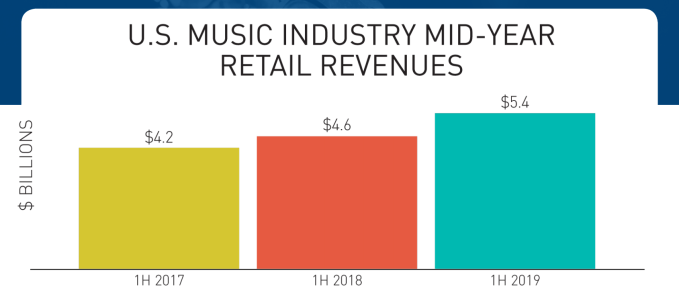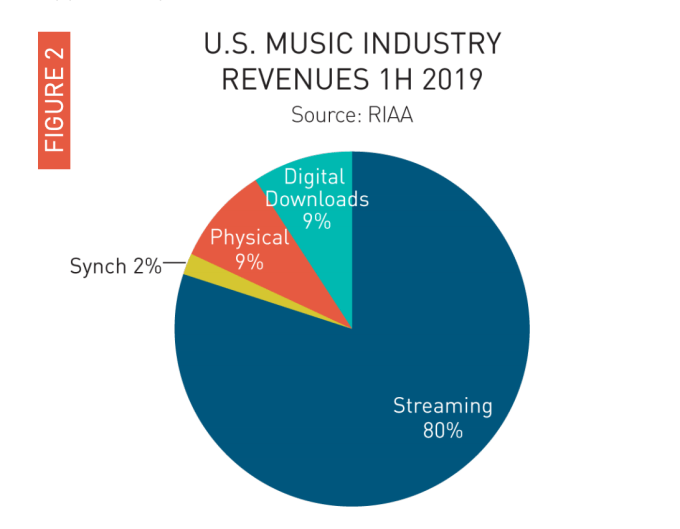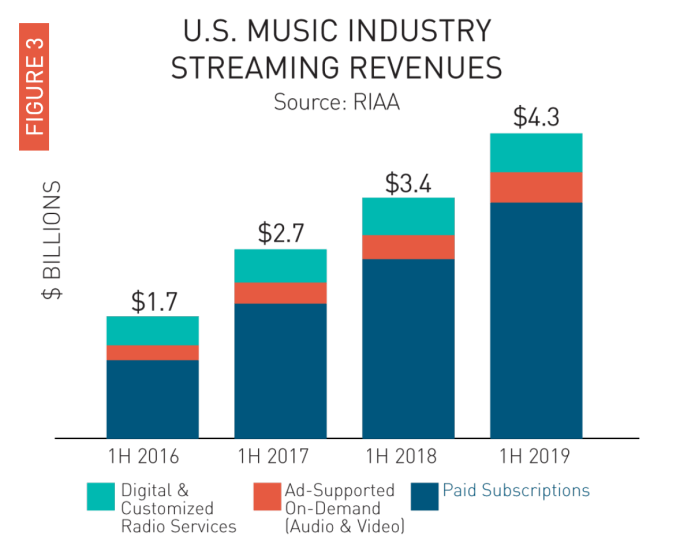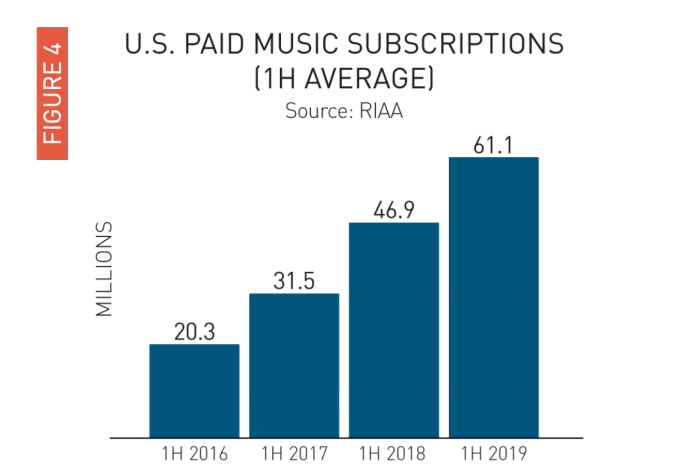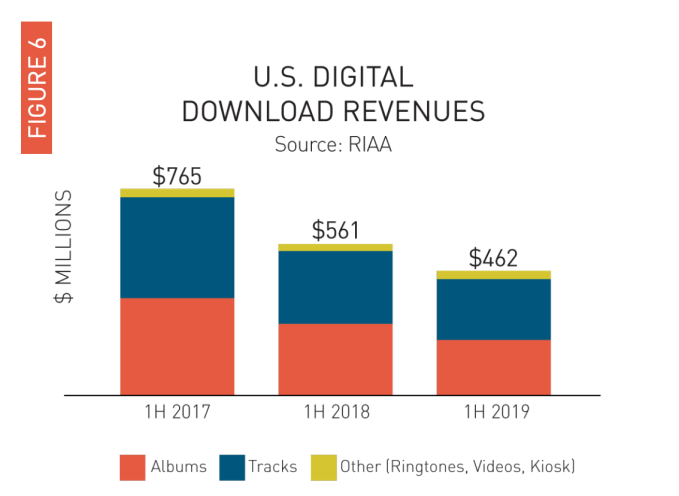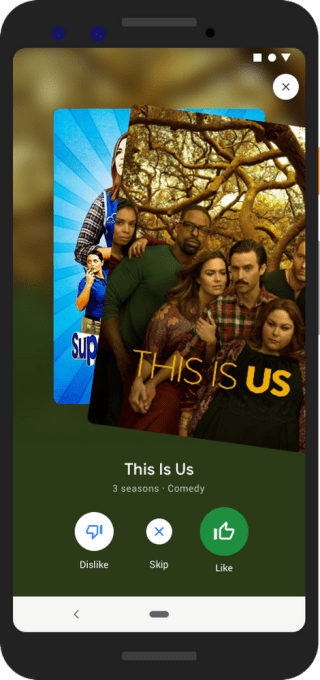Hello and welcome back to Startups Weekly, a weekend newsletter that dives into the week’s noteworthy startups and venture capital news. Before I jump into today’s topic, let’s catch up a bit. Last week, I noted Peloton’s secret weapons. Before that, I wrote about a new e-commerce startup, Pietra.
Remember, you can send me tips, suggestions and feedback to kate.clark@techcrunch.com or on Twitter @KateClarkTweets. If you don’t subscribe to Startups Weekly yet, you can do that here.
In one fell swoop, Stripe may disrupt the entire financial services ecosystem.
The $22 billion payments behemoth announced Stripe Capital this week, a provider of quick and easy to obtain loans for internet businesses. The company is expected to launch a card as well, according to TechCrunch’s Ingrid Lunden. What does that mean for recent upstarts like Clearbanc, a business that provides revenue-share agreements to help startups forgo selling equity to VCs, or Brex, which has created a credit card tailored for startups? Stiff competition ahead.
Led by brothers Patrick and John Collison, Stripe is known for developing payment processing software to facilitate online purchases. Doubling down on financial services, the company seeks to become the go-to capital provider to its millions of customers. In a vacuum, it’s no threat to Brex, which has quickly become a fintech darling (with a multibillion-dollar valuation to prove it) — but coupled with Stripe’s massive network, resources and the soon-to-be-announced card, it’s worth concern.
I reached out to both Brex and Clearbanc. Here’s what they had to say.
Clearbanc: “Stripe is one of our close partners because we’re both deeply committed to empowering founders. There’s a huge demand amongst founders for flexible funding that allow them to grow while retaining equity in their company, so it’s encouraging to see the growth of alternative funding options. We’re seeing this first hand — we’re investing an average of $100,000 of growth capital per brand, with other companies taking up to $10 million. New funding alternatives not only open more doors for more businesses, but data-driven platforms can also help to reduce bias and promote entrepreneurship outside of VC capitals like Silicon Valley and New York.”
Brex CEO Henrique Dubugras: “We have created a new financial stack for tech companies, and this has resulted in a very innovative product experience with lots of adoption, so it makes sense that Stripe would also pursue this fast-growing opportunity.”
We’ll share more details on the card as soon as possible.
The Wall Street Journal reported this week that the company formerly known as WeWork is considering slashing its valuation as it looks to woo public market investors. The co-working biz may hit the public markets at a valuation of somewhere in the $20 billion range for its initial public offering, a figure that’s far less than the $47 billion valuation it received when it raised its last round of private funding. Yikes…
We are just weeks away from our flagship conference, TechCrunch Disrupt San Francisco. We have dozens of amazing speakers lined up. In addition to taking in the great line-up of speakers, ticket holders can roam around Startup Alley to catch the more than 1,000 companies showcasing their products and technologies. And, of course, you’ll get the opportunity to watch the Startup Battlefield competition live. Past competitors include Dropbox, Cloudflare and Mint… You never know which future unicorn will compete next.
You can take a look at the full agenda here. Here’s a look at the panels I personally will be onstage moderating.
- Brex CEO Henrique Dubugras and Clearbanc president Michele Romanow will discuss the evolving fintech ecosystem and both startups’ ultra-fast growth.
- Slack co-founder Cal Henderson and Slack investor, Spark Capital’s Megan Quinn, will discuss the past, present and future of the now ubiquitous workplace messaging tool.
- Postmates CEO Bastian Lehmann will sit down for a one-on-one conversation on what’s next for the food delivery business.
- Car-sharing business Getaround is raising $200M at a unicorn valuation
- BigID announces $50M Series C
- India’s Milkbasket in talks to raise $50M
- Bellwether coffee nabs $40M in new funding
- Cooks Venture picks up $12M to rethink agriculture from the ground up
- Spirable refuels with $7.4M to serve more personalized video ads in the US
- Newly renamed Superside raises $3.5M for its outsourced design platform
- Upflow grabs $2.7M to streamline payment processes
This week, we recorded Equity on location at TechCrunch Sessions: Enterprise in San Francisco. Our special guest was Emergence Capital founder Jason Green, who joined us to talk about the firm’s specialty: enterprise investments! Danny Crichton, the esteemed leader of TechCrunch’s Extra Crunch, was on hand to co-lead the episode with me. Listen here. And remember, Equity drops every Friday at 6:00 am PT, so subscribe to us on Apple Podcasts, Overcast, Spotify, Pocket Casts, Downcast and all the casts.
Source: Tech Crunch


